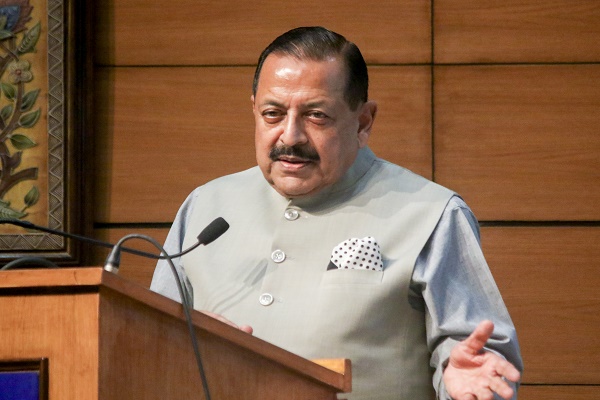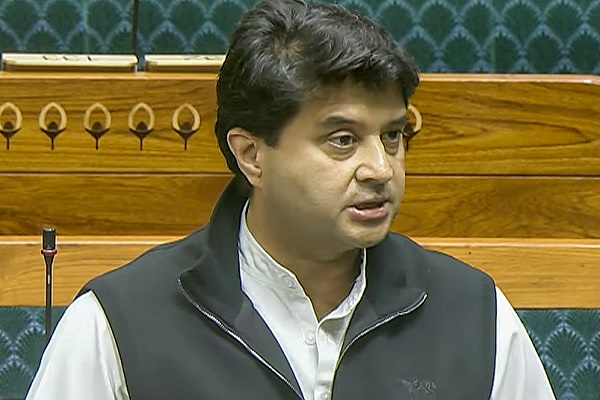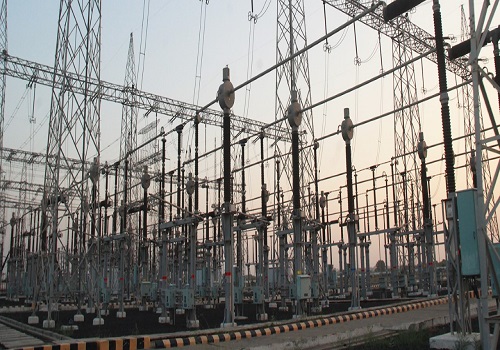US Elections and Impact on Indian Capital Markets by CareEdge Ratings

Republican Party’s Donald Trump became the 47th President of the United States (US) for a second term after a gap of four years. The Presidential election was held on November 5, 2024, and was closely contested against Democratic Party’s Kamala Harris. Trump will take charge as President from Joe Biden of the Democratic Party. The US uses an electoral college system, whereby citizens elect the President and the Vice President indirectly through their state’s electors. Of the total 538 electoral votes, 270 votes are needed to win the Presidency.
There are primarily seven states, commonly known as the “swing states”, that are instrumental in determining the winner of the US Presidential elections. These states are Michigan, Nevada, Pennsylvania, Wisconsin, North Carolina, Georgia and Arizona.
Trump won a total of 295 electoral votes at the time of preparation of this report and was leading in other states that are yet to be called. Trump is also on track to win the national popular votes (71.9 million), which he had missed achieving during his last term in 2016 and could, in fact, be the only Republican candidate to achieve that feat in the last 20 years. Of the 50 states, 31 voted for Trump. Trump managed to gain victory in five out of the seven swing states, and at the time of writing this report, he was leading in the other two states namely, Arizona and Nevada, where the results are yet to be declared.
The Republicans have secured a Senate majority and are leading in the elections for the House of Representatives. If Republicans gain control of both the chambers, Trump will be able to pursue his policy agenda more smoothly.
Key Points from Trump’s Election Manifesto Taxes:
Trump plans to extend the tax cuts that were introduced in 2017 under the TCJA (Tax Cuts and Jobs Act) and are set to expire in 2025. TCJA includes individual income and estate tax cuts.
Trump promised to reduce the corporate tax rate to 15% from 21% for companies manufacturing in the US. Additionally, Trump has also promised to cap interest rates on credit cards at 10% to reduce the burden of credit card debt, make interest payment on car loans fully tax deductible, stop tax on social security benefits, provide tax credits for family caregivers (to help aging seniors and family members), large tax credit for childcare, and remove the USD 10,000 limit on deductions in state and local tax.
Though these fiscal measures could improve the consumption spending in the US economy, they could be inflationary and will also lead to a wider fiscal deficit. The US already had a high fiscal deficit of 6.3% of GDP in fiscal year 2024 and a high government debt at 123% of GDP.
Trade Tariffs: Trump has proposed to impose 60% tariffs on imports from China and 10-20% tariffs on imports from the rest of the world.
Trump has also proposed 100-200% tariffs on cars manufactured in Mexico to encourage and increase job creation in the US automobile industry. Additionally, he mentioned 25% tax on all other imports from Mexico unless the latter clamps down on border crossing. Through these moves, Trump aims to prevent Chinese companies from setting up plants in Mexico to avoid US tariffs.
Higher tariffs could result in disruption of global trade flows and overall weaker trade growth. They will also lead to inflationary pressure in the US economy, with upward pressure on prices of imported goods. India could benefit from any re-orientation of the global supply chain away from China. However, a slowdown in overall global trade would have negative repercussions for India too.
Foreign Policy: Trump indicated he would end the war between Russia and Ukraine and the conflict in the Middle East. However, he has not outlined how he plans to stop these conflicts. In the past, Trump has indicated his support towards Israel.
Based on the manifesto, Trump has said he will ensure the NATO members meet the requirement of spending at least 2% of the GDP towards defence, as many are not currently meeting this threshold
Above views are of the author and not of the website kindly read disclaimer





















